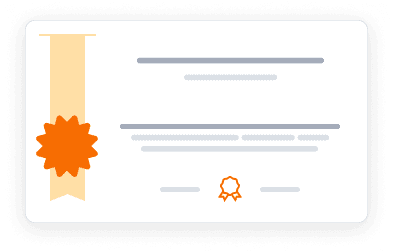Investigate the biological development and biomechanics of bipedal locomotion in human evolutionary history.
Investigate the biological development and biomechanics of bipedal locomotion in human evolutionary history.
Delve into the fascinating world of human bipedalism in this interdisciplinary course that examines why and how humans walk on two legs. Investigate the mechanics of upright walking and compare it to bipedal locomotion in other animals. Journey through millions of years of human evolution to understand the origins and development of this unique form of movement. Explore the process of learning to walk and the trade-offs associated with bipedalism. This course combines insights from anthropology, biomechanics, anatomy, evolution, and paleontology to provide a comprehensive understanding of this quintessentially human characteristic.
Instructors:
English
English
What you'll learn
Understand the mechanics of human upright walking and its uniqueness among mammals
Explore the evolutionary origins of bipedalism through fossil evidence
Compare human bipedalism with bipedal locomotion in other animals
Learn how scientists reconstruct the locomotion of extinct species
Examine the process of learning to walk in human development
Analyze the advantages and disadvantages of bipedal locomotion
Skills you'll gain
This course includes:
PreRecorded video
Graded assignments, exams
Access on Mobile, Tablet, Desktop
Limited Access access
Shareable certificate
Closed caption
Get a Completion Certificate
Share your certificate with prospective employers and your professional network on LinkedIn.
Created by
Provided by

Top companies offer this course to their employees
Top companies provide this course to enhance their employees' skills, ensuring they excel in handling complex projects and drive organizational success.





Module Description
This course offers a comprehensive exploration of human bipedalism, examining its evolution, mechanics, and implications. The curriculum is structured to provide students with a multifaceted understanding of upright walking, drawing from various scientific disciplines. Key topics include the biomechanics of bipedal locomotion, comparative studies with other animals, the fossil record of human evolution, the developmental process of learning to walk, and the evolutionary trade-offs associated with bipedalism. The course emphasizes the scientific method, teaching students how evidence is used to test hypotheses about human evolution. By collaborating with the Smithsonian Institution, the course provides access to cutting-edge research and resources in the field of human origins and evolution.
Fee Structure
Testimonials
Testimonials and success stories are a testament to the quality of this program and its impact on your career and learning journey. Be the first to help others make an informed decision by sharing your review of the course.
Frequently asked questions
Below are some of the most commonly asked questions about this course. We aim to provide clear and concise answers to help you better understand the course content, structure, and any other relevant information. If you have any additional questions or if your question is not listed here, please don't hesitate to reach out to our support team for further assistance.



